Mirrors and Lenses: Optical Equipment Used in Laboratory Settings
October 7, 2022
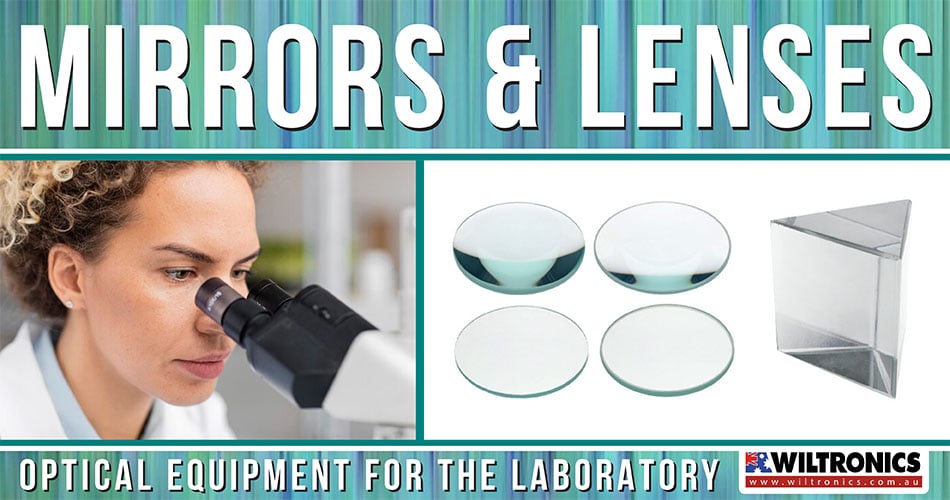
To study light and optics, there are instruments you need to do the job—enter optical equipment.
Mirrors, for one, are commonly-used optical components. They utilise reflection to redirect, focus and collect light. Paired with lenses, they can change the light path to form images we can see in various conditions.
There is more to know about optical equipment, and this post is a great starting point. Besides listing the instruments, it discusses what optics is and covers mirrors and lenses.
Optics in Science
Optics, in general, is the behaviour of visible, infrared and ultraviolet lights. These lights are almost everywhere, and they are part of everyday life. Your eyes occupy an important part of this.
Visible light has wavelengths measuring 400-700 nm, with the Sun as the primary source. Knowledge of light was needed for the invention of optical instruments.
This includes microscopes, which are commonly used in laboratories. Such equipment uses mirrors and lenses to reflect and refract light and form images.
Reflection and Refraction
Reflection is one of the primary properties of light. It is defined as the change in the direction of light at an interface in-between two media.
In short, it is nothing but the images you see in the mirror, which will be further explained later. Refraction, in contrast, is the bending of light when it passes from one medium to another.
The light is transmitted through a medium, and the polarisation of electrons takes place. In return, this reduces the speed of light, changing the direction of light.
If you have used a microscope, magnifying glass, or a corrective lens, you will know how it works.
What is a ray in optics?
Also known as geometrical optics, it describes light propagation in terms of “rays”.
Applications of optics
The properties of optics in various fields of Physics:
- Refraction is applied in lenses (convex and concave) to form an object image.
- Geometrical optics to study how the images form in an optical system.
- Optical diagnosis of the human body’s mysteries in medical applications.
- In the therapeutical and surgeries of human tissues.
Mirrors and Lenses as Optical Components
Mirrors have curved surfaces designed to reflect rays, forming images. The same goes for lenses with two curved surfaces that also use refraction to form an image.
As optical components, they gather rays from an object. This causes them to converge or diverge. The position to which the rays converge to or diverge from is the image.
A real image is formed when the optical system causes the rays to converge to a point. Meanwhile, a virtual image is generated at the location where they seem to originate.
The effects of mirrors and lenses on a ray can be determined using Fermat’s Principle:
- through trigonometry
- and the application of Snell’s Law
This helps trace the path of a light ray from a point on the source to the image point. The steps include:
- 1.) Tracing a ray from the object to the first surface of the lens using trigonometry,
- 2.) Determining how the rays refract at the first interface using Snell’s Law,
- 3.) Tracing the ray to the second interface—again, with trigonometry,
- 4.) Figuring out how it refracts at this surface—again, using Snell’s Law,
- 5.) Lastly, trace the ray to the image location using trigonometry
Mirrors or lenses with flat surfaces usually have an infinite radius of curvature. But most lenses have spherically curved surfaces.
Generally, optical systems use spherical lenses as they are cheaper than aspherical lenses. Lens designers also specify the curvatures, thickness, and refractive indices. That way, they can control the way that lenses image objects.
Mirrors: concave vs convex
A mirror that bulges outwards is convex; it shows things the right way up and is usually smaller. In contrast, a mirror that bulges inward is concave.
Lenses: concave vs convex
A concave lens is thinner in the middle and thicker at the edges. In contrast, a convex lens is the opposite: thicker in the middle and thinner at the edges.
The Optical Equipment You Need
Looking for optical equipment? Check out our range of light & optics tools sourced from reliable suppliers.
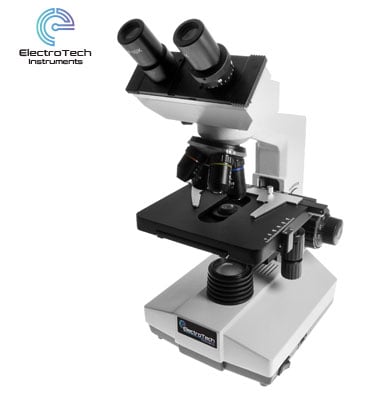
1. Light Microscope (Optical Microscope)
A light microscope uses lenses to make enlarged images of objects that are too small for the unaided eye to see. A common type in laboratory settings is a compound microscope.
A compound microscope has at least two convex lenses: objective and eyepiece lenses. The objective lenses are close to the viewed object, forming enlarged images.
The eyepiece lenses, meanwhile, are close to the viewer’s eyes. They form an enlarged image of the first image.
Some light microscopes can magnify objects more than 1000 times.
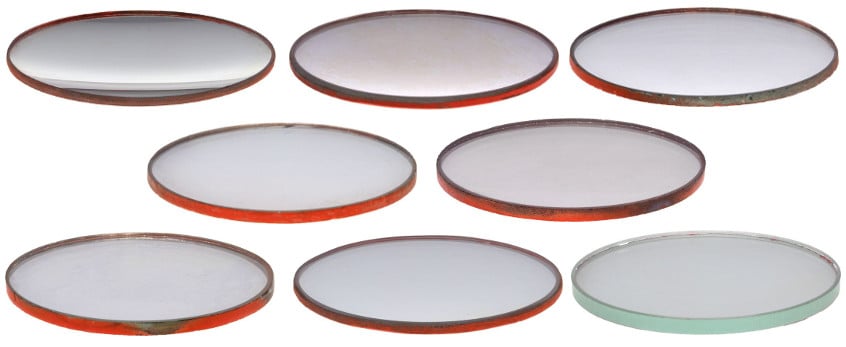
2. Concave Mirror 50mm Diameter
Product code: LQ9000
This concave mirror is 50mm in diameter and is available in different focal lengths. Perfect for light & optics experiments, whether in physics classrooms or laboratories.
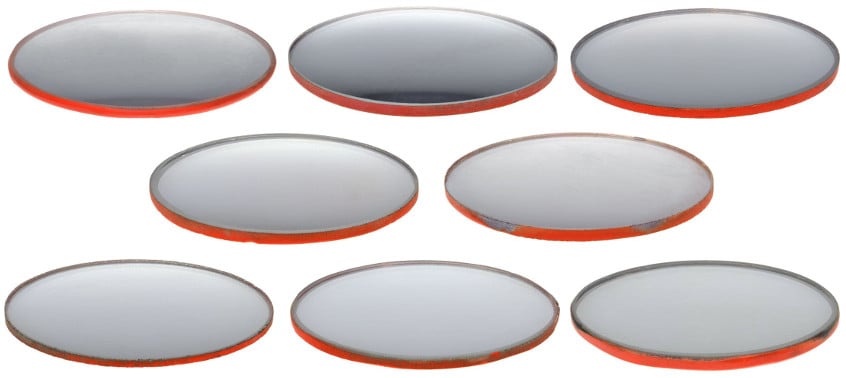
3. Convex Mirror 50mm Diameter
Product code: LQ9010
Like its concave counterparts, this convex mirror is available in various focal lengths. You can choose from 5cm to 50cm.
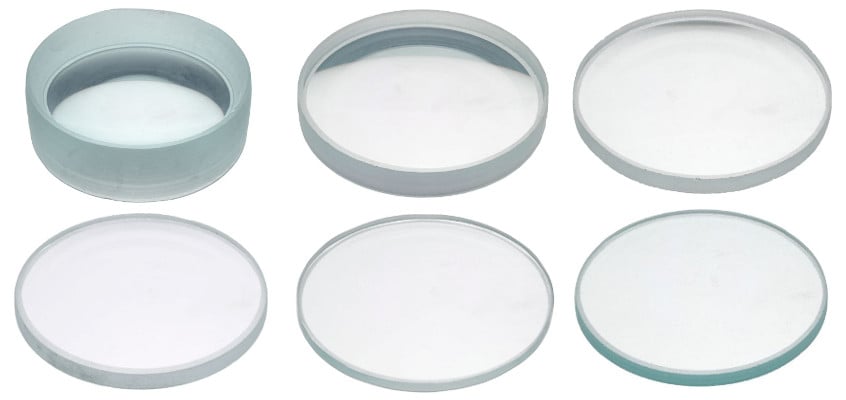
4. Bi-Concave Lens
Product code: LQ8000
These lenses have two inward curved surfaces and a negative focal length. Also called double concave, they expand light or increase focal length.
They are a staple in most physics labs and science classroom settings.
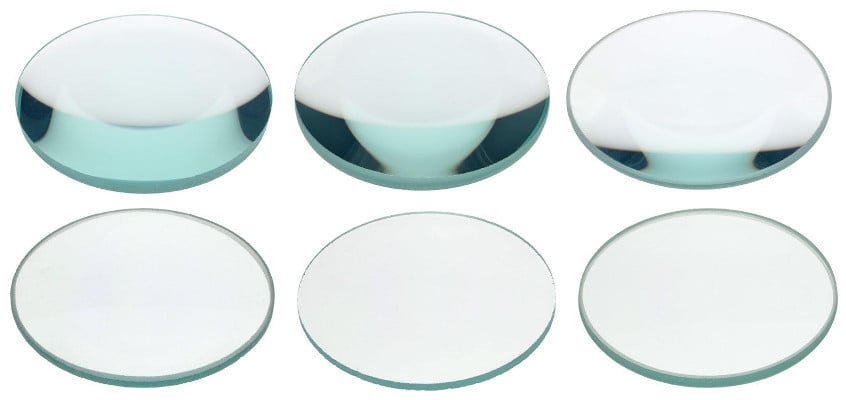
5. Bi-Convex Lens 50mm Diameter
Product code: LQ8010
These lenses comprise two convex surfaces in spherical form. They have the same kind of radius of curvature on both sides of the lens.
They work similarly to plano-concave lenses by causing collimated incident light to diverge. Like the bi-concave lens, this unit is available from 5cm to 100cm focal lengths.
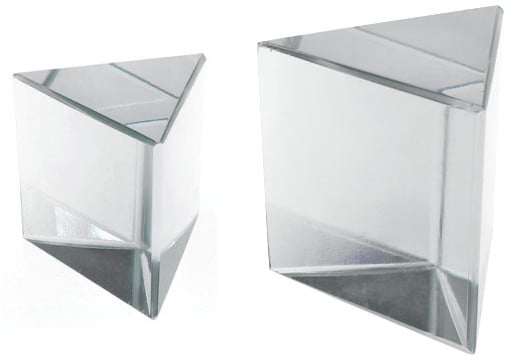
6. Triangular Glass Prism
Product code: LQ8030
A transparent, triangular glass prism device ideal for light & optics study! As light passes through it, the light bends where light refraction occurs.
Available in 38mm and 50mm sizes.
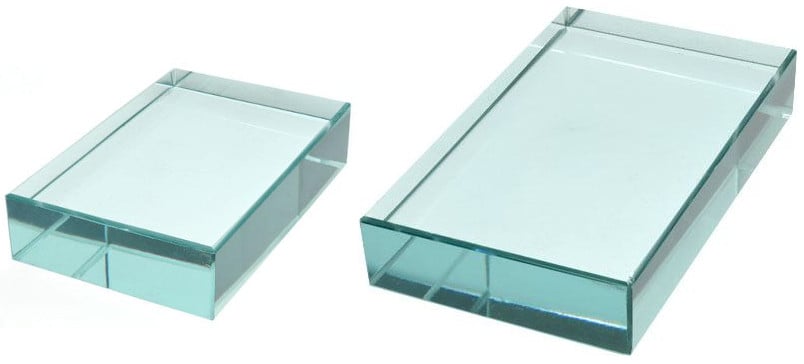
7. Rectangular Glass Slabs
Product code: LQ8020
This rectangular prism-shaped glass slab features three dimensions with bevelled edges for safety. Great for tracing the path of a light ray.
Available in 75mm and 100mm sizes.
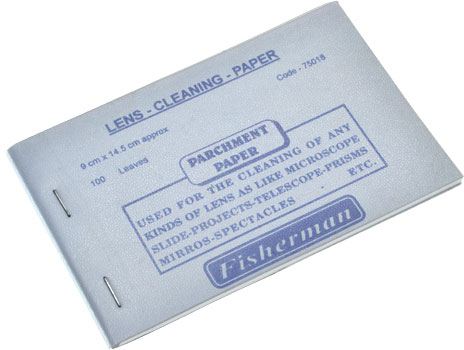
8. Lens Cleaning Paper
Product code: LH1600
Designed for cleaning all optical lenses and mirrors for a crystal clear result. Supplied in a book of 100 sheets, it will give you a stunningly clear finish.
Suitable for microscope slides, telescopes, prisms, mirrors, spectacles, etc.
Optical Equipment: The Bottom Line
To study light and optics, you will need small instruments to help do the job. Besides the microscope, mirrors and lenses are essential.
Others include glass prisms and cleaning paper, to name a few. Please note that the provided list of optical equipment mainly contains mirror optics.
If you already have a microscope, invest in one of these optic tools to complement your experiments!
© Wiltronics Research Pty Ltd 2022
Write a Comment
You must be logged in to post a comment.